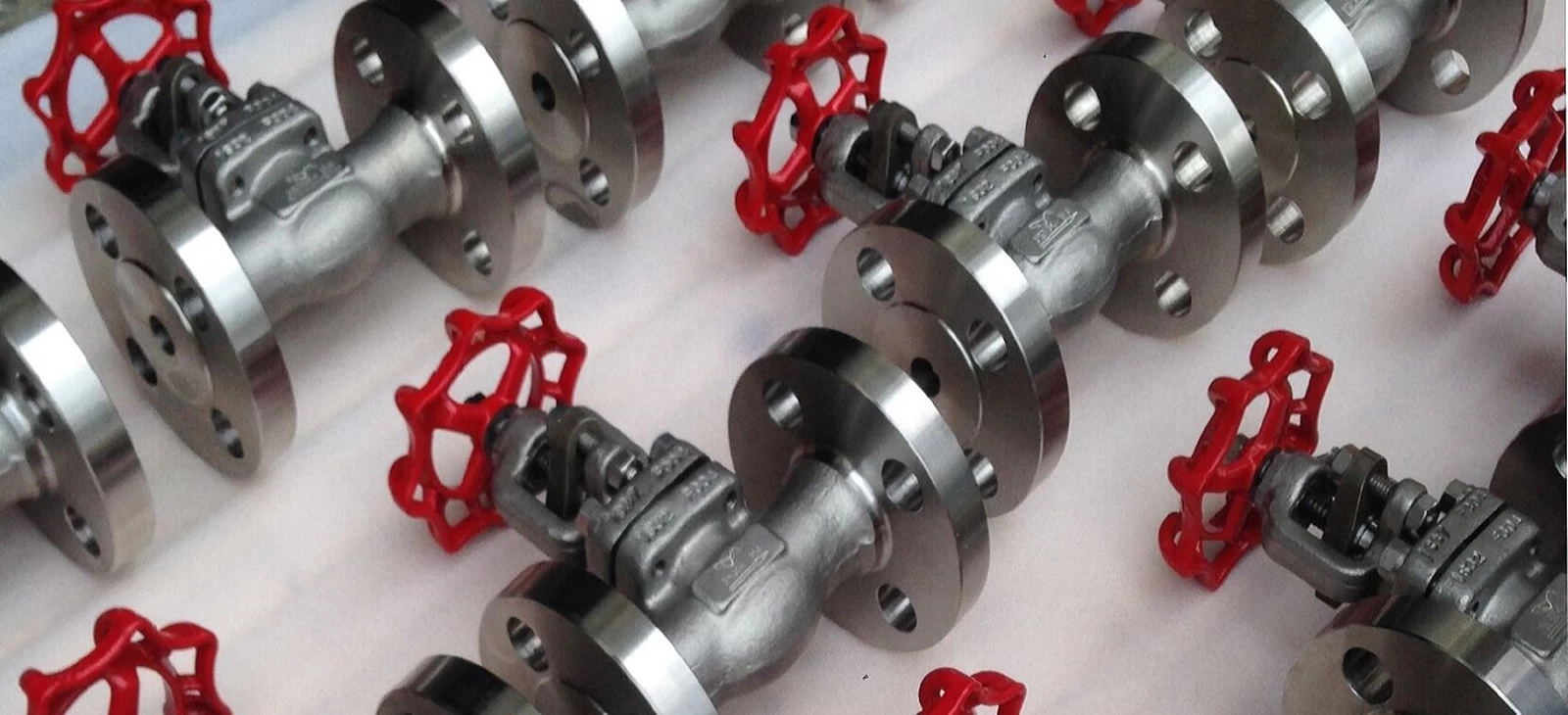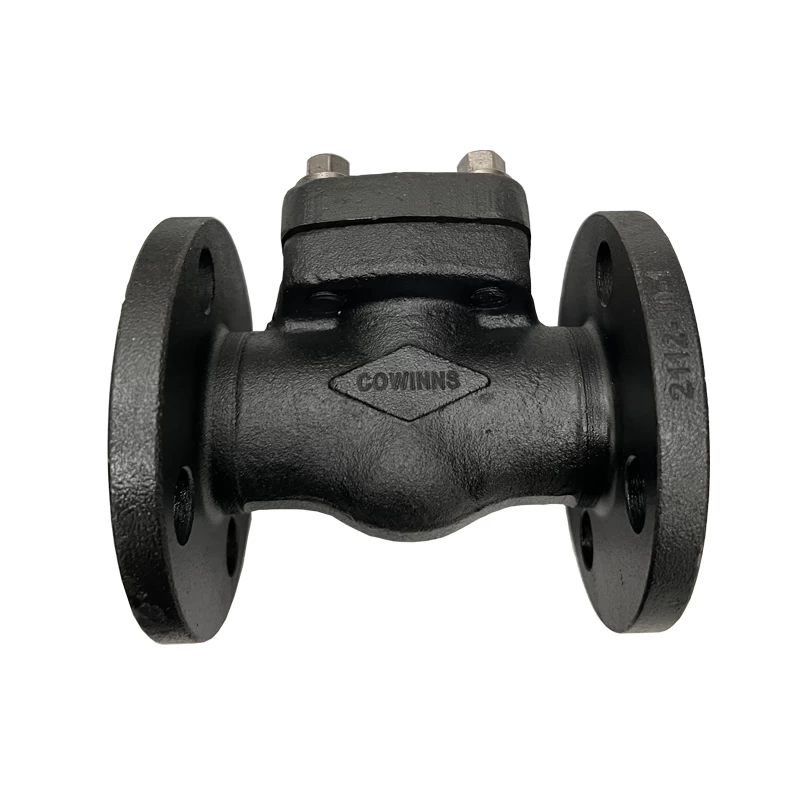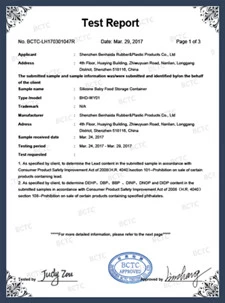正在等待翻译……
There is a wide range of check valve varieties manufactured to fit multiple applications. These devices are both used in an industrial and commercial setup. In plantations, they control the flow of fertilizers and water mixture in the irrigation systems. The aerospace and aircraft industries use check valves to control and maintain a unidirectional flow on their corrosive fluids, hydraulic systems, and fuel flow.
All applications for check valves use different types and assemblies. Below are the basic descriptions of the most common check valves:
Tilting check valves:
Tilting disk check valves have their pivot point installed within the disk so that as the fluid flows, the disk will swing open. They are typically used for applications that have frequent flow reversal. When the flow is moving forward, the valve will open. The disks are designed to close when backflow occurs.
Ball check valves:
Ball check valves, as the name implies, use a ball to block the reversal of fluid flow. There are varieties wherein they can be spring-loaded or not. The principle of operation is that the ball will be lifted away from blocking the passage when there is a forward flow. The ball will only go back either when the pressure decreases or when a backflow happens.
Butterfly check valves:
This check valve is also known as a folding disk, dual disk, double disk, or splits check valve. The blockage of backflow is done by the use of two halves of the disks. The two parts of the disk will open toward the centerline during the forward flow. When there is backflow, the halves will swing back to their original position and will seal the pipe. One advantage of butterfly check valves is that their disk travel is minimal, resulting in a lessened slamming effect when the disk opens or closes. They operate very quietly, making them ideal for heating, ventilation, and air conditioning systems.
Lift check valves:
The mechanism of a lift check valve involves a seat that retracts to let the streamflow. The pressure of the flow is responsible for lifting the disk or ball off of the seat. When the flow reverses/ weakens/ slows/ stops, gravity forces the disk or ball down onto the seat to block the passage. These valves are ideal for systems with high velocity and high flow rates.
Stop check valves:
A stop check valve can be any variety of check valve, but what makes it different from a normal check valve is the added mechanism. They are integrated with a lever, handwheel, stem, or other devices that can permanently close the valve to stop the liquid flow. When closed, the disk will be constrained from moving off the seat.
Silent Check Valve
A silent check valve is popularly called a poppet check valve. They use a spring to assist the poppet in blocking the flow before any fluid flow reversal. This is a great help in minimizing the hydraulic shock known as a water hammer. Water hammer is usually caused by a sudden fluid flow blockage in a system.

 86 512 68781993
86 512 68781993 


















